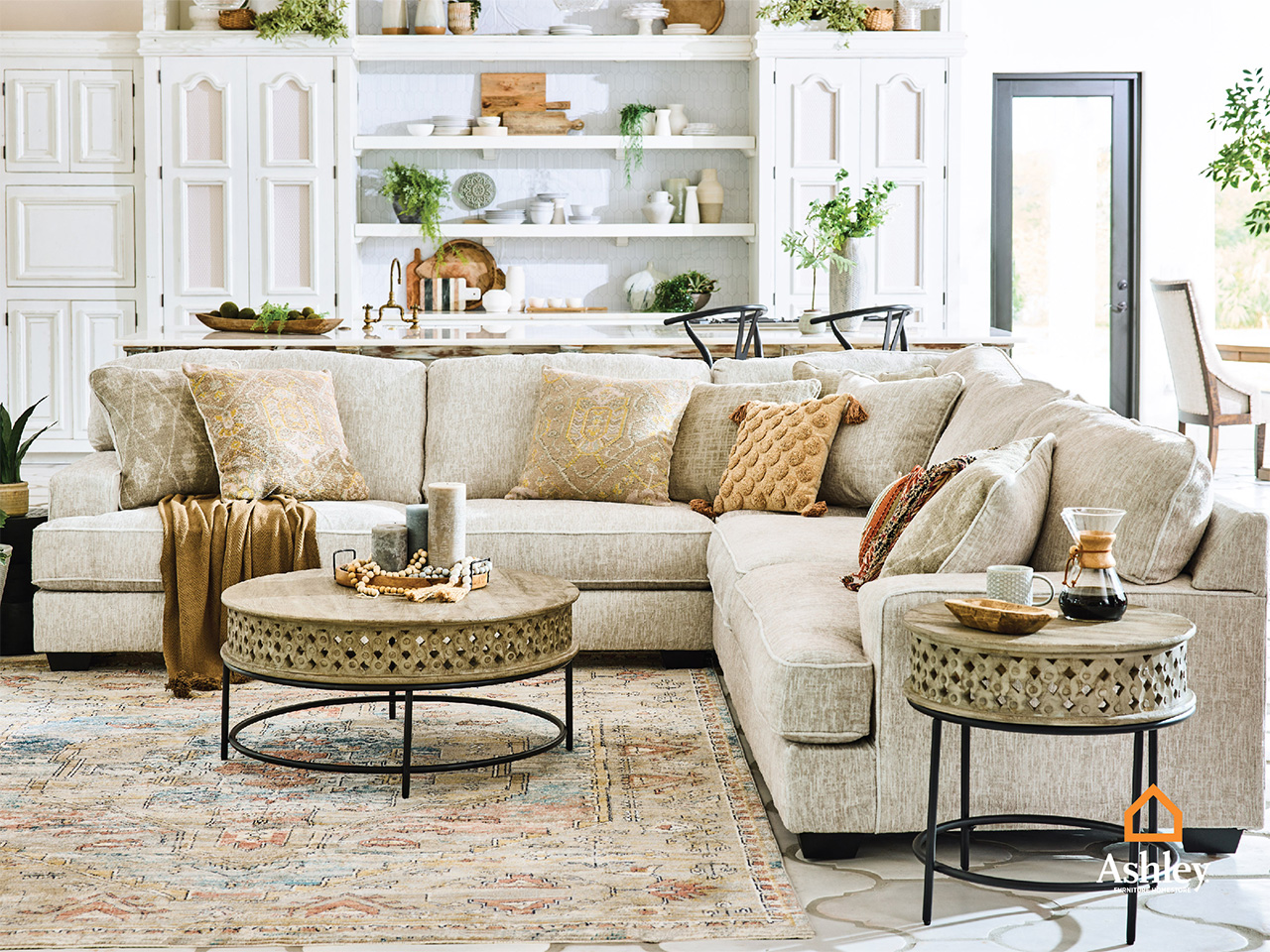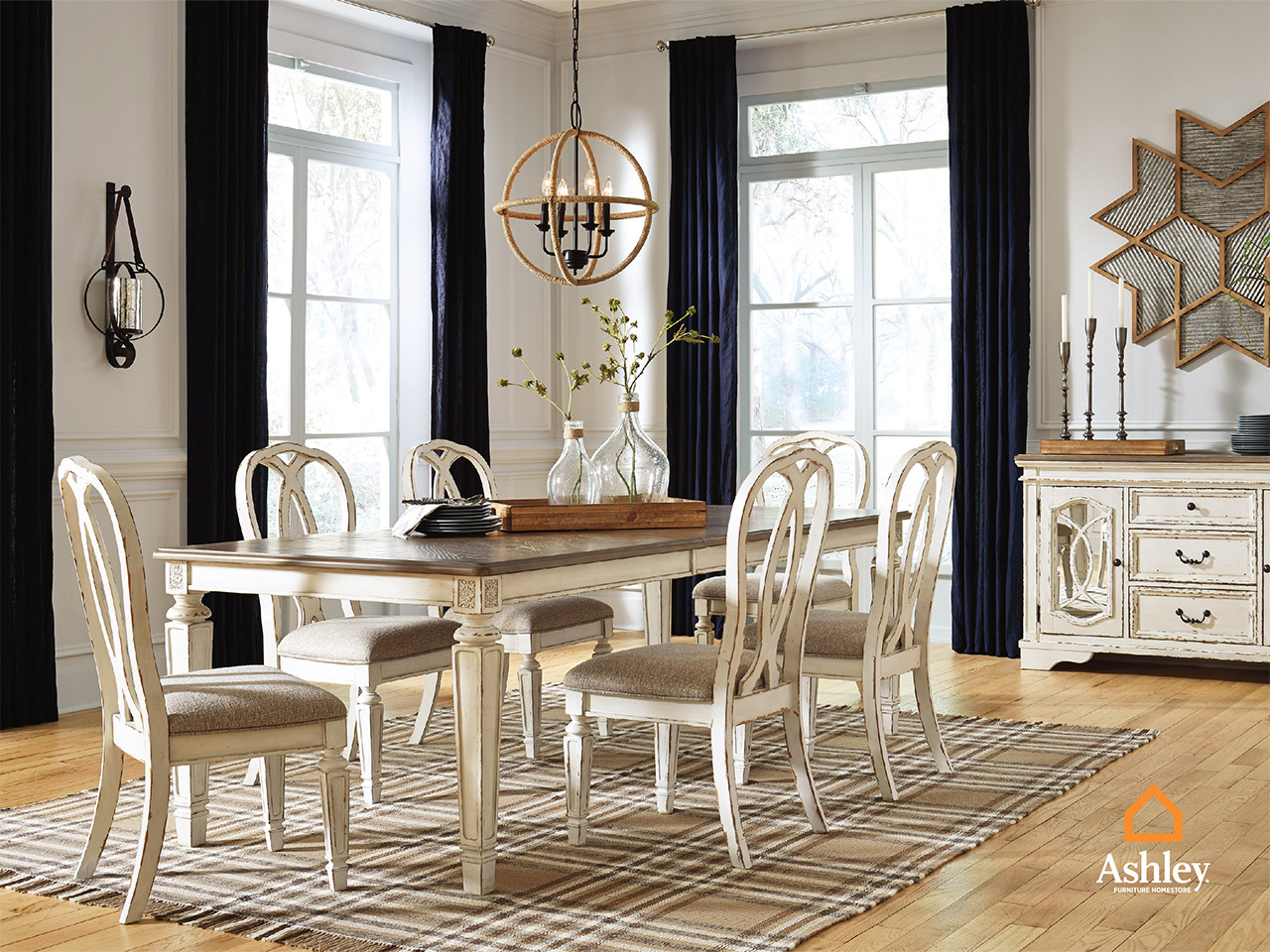"Warm and neutral tones in interior design"

Warm and neutral tones in the interior
In this blog post, we'll demonstrate how to integrate warm and neutral tones into your home interior. These rich and natural colors infuse warmth into any space, making them an excellent option for those aiming to establish a cozy environment.
neutral tones
Before delving into the specifics of natural wood tones, it's important to emphasize the significance of neutral tones in interior design. Consider a neutral color palette as the foundational style in your interior, establishing the groundwork for a harmonious and balanced space.
By combining soft and relaxing colors such as beige, ivory, or gray shades, you can create a versatile, sophisticated, cozy, and vintage interior that pairs ideally with wooden furniture. This combination is perfect for achieving a vintage style in your living room or dining room set.
Neutral-colored walls offer a calming backdrop, while rugs contribute to a sense of comfort in the space. Furthermore, the refined elegance of warm colors enables you to confidently experiment with various wood tones without overwhelming the room.
Choose natural wood tones
When designing an interior, especially when mixing wood tones, it's important to select a dominant tone of wood. This tone will serve as the primary color that stands out in the space and sets the tone for the rest of the room's decor. For instance, if your dominant tone is a rich mahogany wood color, you can complement it with lighter wood tones such as collections of white oak, birch, or poplar wood. These lighter tones will accentuate and enhance the richness and effectiveness of the mahogany color
contrasting tones
While the dominant tone of the wood is crucial, don't hesitate to mix contrasting wood colors. A notable example is pairing the richness of dark oak with the light appeal of maple, creating a striking and balanced look that adds sophistication to your interior. This astute interplay of wood tones not only highlights the details of individual furniture pieces but also encourages us to continually admire the interior, appreciating each detail distinguished by special taste and efficiency.

Reasonable combination of wood tones
Strategically placing different wood tones can significantly impact the aesthetics of your room. To achieve a balanced look, aim to evenly distribute various details of wooden furniture throughout the space. For instance, if you have a dark wood dining table, complement it with lighter-toned wood chairs or a dining room cabinet. This approach creates a pleasing contrast that adds visual interest without overwhelming the space. Thoughtful placement like this allows each wood tone to stand out and contribute to the overall design, resulting in a well-organized and inviting space.
Use different textures
As you delve into the intriguing world of matching wood tones, keep in mind that achieving perfect matches isn't necessarily the ultimate goal. The true beauty lies in the diversity and individuality of wood tones. Let your décor radiate charm and personality by incorporating various textures. Blend polished surfaces with distressed or rough-hewn wood furniture to craft an eclectic and inviting atmosphere. The outcome will be a visually captivating space that reflects your distinctive style and fosters a welcoming ambiance for all who visit.
Also, consider incorporating furniture made of different materials into the interior, such as metal, glass, or stone surfaces. These diverse elements serve as excellent neutralizers, fostering a cohesive look that integrates the various wood tones in the space. For instance, a metal-framed magazine table paired with wood furniture infuses a hint of modern elegance into the interior, while a glass accent accentuates the wood details, creating visual interest. By strategically integrating these varied materials, you can cultivate a well-balanced and visually appealing apartment that reflects your taste.

 ქართული
ქართული




